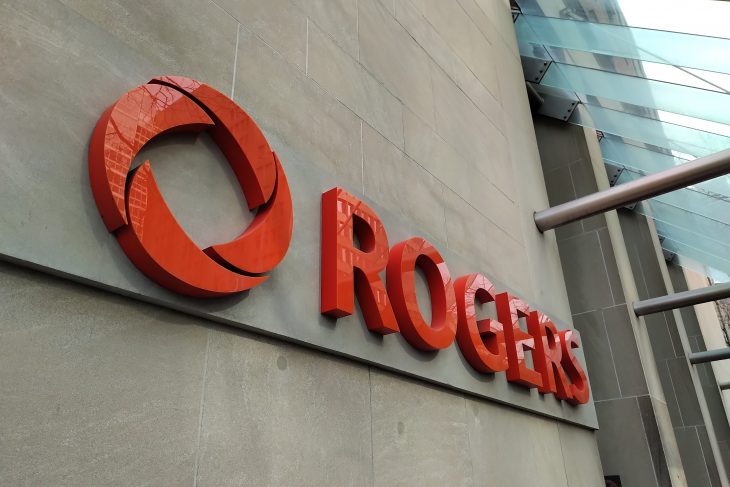
Company asks CRTC to step into toll free dispute with Bell
GATINEAU – Frustrated with stalled negotiations with Bell Canada on how toll-free calls should be handled going forward, Rogers Communications last week filed a Part 1 application with the CRTC asking the Commission to settle the dispute.
Rogers contends Bell is profiting twice from certain toll-free calls because it won’t change the historic way it has handled them, despite changes Rogers has made and this inaction means Bell is providing itself with an undue preference. The impasse has dragged on for seven months, says Rogers.
While this sounds like a bit of an esoteric complaint (it is) and the application redacts the number of calls and total dollar figures at stake, the money must be significant enough, given Rogers has built its own processes to better handle toll free calls and the fact the company has gone to the trouble to ask for an expedited ruling on this, too.
Essentially, as the long-time incumbent in the eastern half of Canada, Bell has benefited from more or less running the toll-free telephone number (TF-TN) system for decades, meaning it decided how and where the traffic would flow (over two way Bill and Keep, or B&K, trunks) and acting as an Interexchange Carrier (IXC), selling TF services to businesses. As an ILEC (incumbent local exchange carrier) and IXC, Bell makes money two ways.
“In Bell’s ILEC territories, this dual nature has resulted in situations that are clearly unfair and unsustainable. No matter its role in a TF call, whether as ILEC, IXC or database administrator, Bell is paid for each and every call. At the same time, every other type of carrier, even when performing the exact same TF dipping and routing functions as Bell in other instances, is required to pay Bell. Bell is being paid on both sides of the equation (CLEC [originating] and IXC [terminating]) and is providing itself an undue preference,” reads the Rogers application.
For example, reads the complaint: “When Rogers’ residential customers (wireline and wireless) dial Bell’s TF TNs, Rogers routes these TF calls over its two-way B&K trunks. This one-way traffic creates an imbalance of traffic in Bell’s favor. As a result, Rogers pays Bell for all this traffic.
“In the reverse scenario, when Bell’s customers (wireline and wireless) dial Rogers’ TF TNs, Bell refuses to route this traffic over the two-way B&K trunks (even though it insists Rogers does so in the exact same situation). Instead, Bell forces Rogers to deploy Toll trunks to its Access Tandems (“ATs”). Rogers is therefore paying the Bell AT rate of $0.0011 per minute, the Bell Direct Connect (“DC”) rate of $0.00088 per minute, as well as the Bell 800/888 Carrier Identification charge of $0.0024 per call . The AT and DC rates form together the Switching and Aggregation (“S&A”) charges.”
Rogers has built its own TF number database so it can profit better from that portion of the business, and it wants the Commission to act quickly to rectify this “clearly unjust” situation.
"Bell has demonstrated a clear unwillingness to negotiate an arrangement with us contrary to other carriers."
“Bell should be mandated to deploy Toll trunks to Rogers’ switches in order to receive its TF traffic. There are absolutely no reasons to justify the use of our B&K trunks for TF traffic that is destined to Bell’s TF TNs. The responsibility to perform Carrier Identification in TF services resides with the originating LEC. As Rogers now has access to a TF Database, we can perform the TF Carrier Identification for routing purposes ourselves. We do not need to pay another carrier to perform that function any longer,” reads the Rogers application.
Rogers also wants the Commission to allow it to begin billing Bell for all TF minutes destined to Bell as of April 1, 2019. “Bell has demonstrated a clear unwillingness to negotiate an arrangement with us contrary to other carriers,” says Rogers.
The roots of all this, says Rogers, dates back 22 years to CRTC 1997-8 when the Commission was still managing the deregulation of the traditional telecom business. (Ed note: The application even mentions the likes of the Stentor Alliance and Fonorola. Remember them?)
“The Commission clearly was contemplating this very precise scenario when it rendered Telecom Decision 97-8. A CLEC is allowed to have its own TF Database and is allowed to route outbound TF traffic directly to the serving IXCs, including Bell who owns TF TNs,” notes the Rogers document.
“It is both more efficient and competitive, providing TF alternatives not just to the CLEC who implemented its own TF database but every other carrier who now has a choice in accessing such services. Therefore the originating CLEC does not need to use its B&K trunks with Bell anymore in order to route these TF calls to the IXCs. Rogers should not have to pay anyone else to do what it can do itself.”
Parties have until June 6th to reply to the CRTC.



